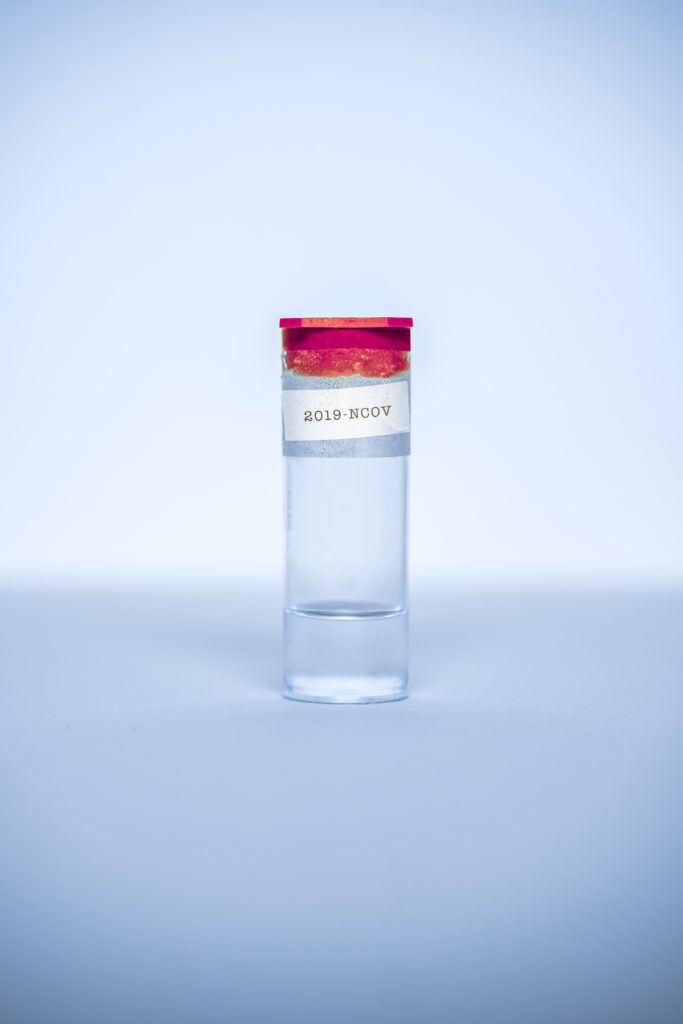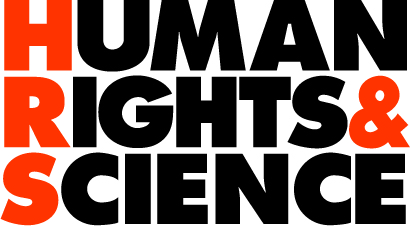H2. Laboratory Management
Training & Coaching
Background
In the age of the global knowledge economy, the sustainable development of a country is closely linked to scientific research. A university laboratory can be expected to generate income to the university using the state of the art facilities, while also provide enough usage time to cater for the teaching needs of the students. Laboratories which run along the line of research and consultancy can be a catalyst for growth of the relevant industry. Accreditation is key in the process, it constitutes a formal recognition that a testing laboratory is competent to carry out the tests identified within the scope of accreditation. Laboratory accreditation provides formal recognition of competence to laboratories, thus raising the efficiency and effectiveness of laboratory operation. It allows customers to select appropriate testing services and minimizes the risk of unreliable results.
Properly functioning scientific equipment is an indispensable component of research, but espite the overwhelming importance of scientific research in the quest for the sustainable development of modern societies, universities and research institutions in developing countries suffer from inadequate scientific equipment (Öman et. al. 2006). Thus, in many developing countries scientists lack an operating research infrastructure (Öman and Lidholm, 2002). African countries are recipients of technology and advanced scientific equipment, however most of equipment is unavailable due to breakdowns and lack of maintenance (Mzengeza, D., 2003). These institutions are expected to train manpower in the fields of science and engineering and to conduct research at a level comparable to other similar institutions worldwide, but this cannot be achieved if essential instruments, piece of equipment and facilities needed for this purpose are unavailable or are not maintained. The scientific workforce cannot be trained and research cannot be conducted at a level comparable to that of other similar institutionsworld wide if the essential instruments, equipment, and facilitiesare unavailable or are not maintained (Öman et. al. 2006). This situation must be acknowledged as one of the major reasons research output from certain countries is only a fraction of global scientific productivity (Öman et. al. 2006).
Öman et. al. (2006) states that devoted stakeholders must participate fully so that the new activities can be successfully implemented. In addition, some current activities need strong backing from national authorities and international organizations.
Maintenance of scientific and technical equipment appears to enjoy very low priority in the main activities of Universities, Research and Technological Institutions in Africa (Mzengeza, D., 2003). Öman et. al. (2006) also claim that purchasing, servicing, and maintenance of scientific equipment were not being given appropriate attention. Detailed procedures for servicing and main-tenance are almost always lacking, and the management of equipment-related logistics is marked by excessive bureaucracy. Important general constraints include inadequate access to product information; uncoordinated selection of new equip-ment; long order-to-delivery times; insufficient post-purchase in-teraction with manufacturers and lack of warranties; and a short-age of user and maintenance manuals, spare parts, and servicingtools. Equally important is the non-involvement of technicians. They are not sufficiently involved in the selection and installationof new equipment and often are not provided with appropriatetraining; career profiles for technical staff are often unavailable. Severe constraints on instrument sensitivity are related to environmental conditions. Most equipment is manufactured for temperate weather conditions, and it is often not well protected against inhospitable climates. The weather in African countries can be dusty, hot, and humid. Also, equipment is manufacturedfor use with a stable electric power supply. Erratic electricity insome countries frequently results in blown fuses or burned-outtransformers and switching devices. Minor as they may seem, blown fuses can cause severe delays when spare parts are notreadily available. Moreover, sudden power outages while a com-puter is operating can damage its hard disk.
Many efforts are making science more open and accessible; they are mostly concentrated on issues that appear before and after experiments are performed: open access journals, open databases, and many other tools to increase reproducibility of science and access to information. However, these initiatives do not promote access to scientific equipment necessary for experiments (Chagas, A.M., 2018)..Mostly due to monetary constraints, equipment availability has always been uneven around the globe, affecting predominantly low-income countries and institutions. Chagas, A.M. (2018) made a case for the use of free open source hardware in research and education, including countries and institutions where funds were never the biggest problem Implications of adopting free open source hardware (FOSH) includes the lower price tag on FOSH enables scientists in regions that are normally constrained by lack of funds to address scientific problems previously outside their reach. It fosters the discovery of untapped talent and paves the way for inside–out development, rather than relying on external aid.
Despite more than $1 trillion in development aid given to Africa in the past 50 years, Moyo D. (2011) argues that aid has failed to deliver sustainable economic growth and poverty reduction—and has actually made the continent worse off . Moyo D. (2011) states that between 1970 and 1998, when aid flows to Africa were at their peak, poverty in Africa rose from 11 percent to a staggering 66 percent. Today, Africa is the only continent where life expectancy is less than age 60. Sub-Saharan Africa remains the poorest region in the world, where literacy, health, and other social indicators have plummeted since the 1970s. To remedy this, To remedy this, Moyo claims that Africa should wean itself of aid, and estblish alternative means of financing development.

References
https://journals.plos.org/plosbiology/article?rev=1&id=10.1371/journal.pbio.3000014.
HR&S Labortory Management workshops & coaching
Introduction
Human Rights & Science (HR&S) recognises researchers, innovators, and entrepreneurs in lower-income countries who present amazing social business ideas and support them. Our main aim is to implement locally developed and locally adapted solutions. We address the context of scientific researchers and technicians with the purpose of facilitating an enabling environment.
Targeted audience
HR&S laboratory management workshops bring together:
- Technicians.
- Scientific researchers.
- Scientific institution management.
- Private laboratory management.
- Governmental laboratory management.
- Suppliers & manufacturers of scientific equipment.
- Users of scientific findings, innovators, social entrepreneurs from Sub-Sahara Africa.
We target stakeholders involved with:
- Procuring new pieces of equipment.
- Managing and using equipment already procured.
- The aspect of service and maintenance.
- Repair.
- Laboratory sustainable economy.
for lectures and discussions with the aim of providing opportunities for them to bring positive change and development. We offer a transformational training package designed to inspire stakeholders to become innovative change-makers.
Coaching
HR&S has developed practical strategies, that will firmly bring FAST teams to have impact. One of the strategies is the HR&S Strategy for Change.
What is the SfC actually and what implications does it have on FAST programmes ? The best way to discuss this is in a HR&S webinar. After the webinar, monthly on-line meetings are arranged
In order to get key stakeholders involved and attentive we shall ask one or more National institutions to pay for the webinar. Also Institutions that want to be part of FAST Nigeria shall pay for attending the webinar.
Paying is a very good filter. If I am willing to pay I am also serious. The FAST teams can only have serious, ambitious, and even passionate members, or some team-members will steal energy from those who are working hard, are delay and reduce progress.

Training
HR&S trainings are stuctured around evaluation planning. Evaluation planning describes how we monitor and evaluate the way we address our activites, as well as how we intend to use evaluation results for activity improvement and decision making. HR&S benefits from our own “Real-time Outcome Planning & Evaluation” tool (ROPE) and the training sessions are structured around the ROPE Strategy for Change template. It is obvious from the above that ROPE is an iterative process and that the Strategy for Change is continiously revised, as a result of lessons learned.
Output
One Output from the trainings are a ROPE Strategy for Change sheet. The SfC sheet supports the development work of the participants/institution directly after the training is completed. Upon successful completion of the training and individual presentation, participants will be issued with a certificate.
Expected Outcome
Increased number of:
- Functioning advanced scientific equipment.
- Access to consumables.
- Income to the university through laboratory work.
Partners
SSA
Burkina Faso
Senexel
Private laboratory
Kenya
Nairobi University
Nigeria
NoveleQ
Private enterprise.
Ambition: The overarching goal of Noveleq is to improve the Science infrastructure base in Nigeria universities, polytechnics, and research institutes, to support educational, research, and development efforts through procurement, installation, service, maintenance, and long-term use of scientific equipment which will stimulate evidence-based actions and policies for development.
Activities: Meeting the R&D challenges that constitute hindrances to evidence-based development strategies by addressing procurement, installation, service, maintenance, and sustainable use of scientific equipment, thereby ensuring excellent quality standards and enhancing research output and patronage in Nigerian universities, Polytechnics, and research institutes.
Salient activities include; HR&S Implementation Packages, capacity strengthening, procurement, and QM.
Milestones: The first step on the operational side is to understand the terrain as of today through a survey then comes the OP/FP for a strategic plan. That was and is still the angle we are looking at. NoveleQ has clean copies of the OP and FP templates that were developed several years ago, to guide the proposed activities.
Uganda
National Water & Sewage cooperation
Governmental institution.
Manufacturers
Agilent
